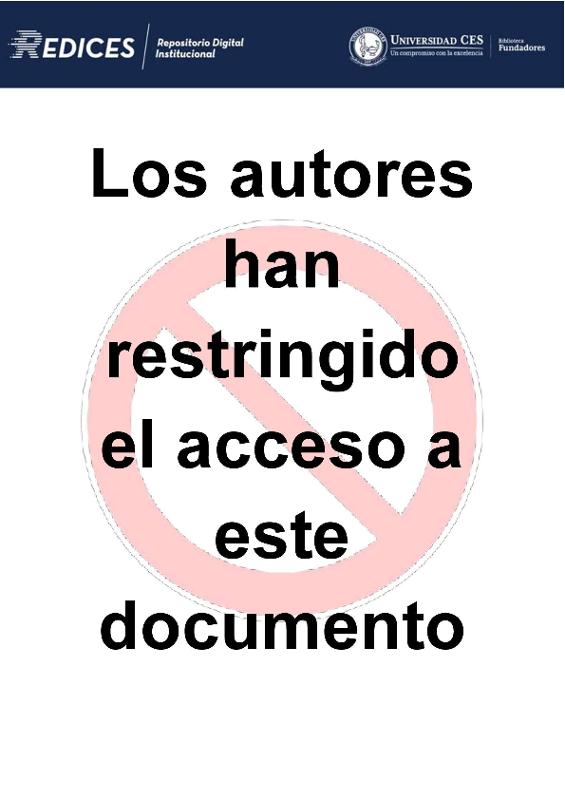Mostrar el registro sencillo del ítem
Parámetros de electroporación para especies de microalgas marinas, usando como modelo Porphyridium cruentum
| dc.contributor.author | Palacio Quintero, Sofía | |
| dc.contributor.author | Obando Montoya, Erika Juliana | |
| dc.contributor.author | Ortiz Mejía, Diego Alejandro | |
| dc.date.accessioned | 2023-11-20T22:41:07Z | |
| dc.date.available | 2023-11-20T22:41:07Z | |
| dc.date.issued | 2023-11-20 | |
| dc.identifier.uri | https://hdl.handle.net/10946/8012 | |
| dc.description.abstract | Genetic transformation of cells is a technique that has allowed the development of processes to produce heterologous proteins with functional interest and in an efficient manner. One of the methods that facilitates this process is electroporation, a common and efficient technique. It employs electric field pulses (PEF), which generate a potential change that alters the lipid bilayer, thus creating pores that allow the temporary entry of macromolecules. Whether or not electroporation occurs is linked to the combination of the characteristics of the electric field (number, duration, time between pulses, etc.), and the characteristics of the cellular state (geometry, temperature, etc.). Permeabilization can be reversible or irreversible, and reversible permeabilization is of particular relevance for successful transformation, since in this state the cells open their pores and subsequently their membranes regenerate, avoiding cell lysis. In the search for organisms that present interesting characteristics and on which the different transformation methodologies can be applied, we find the red microalgae Porphyridium cruentum. It has been highly studied for the functionality of its metabolites, its high growth rates, which can be regulated, and its resistance to high salinity media. Therefore, the objective of this study was to determine the effect of the electric field and the variation of electroporation parameters on the permeabilization and viability of the cells of this microalga. For this purpose, the cells were subjected to four treatments: T1 and T2 that were not electroporated, and T3 and T4 that were electroporated (2kV/cm; 10 and 50 pulses; duration of 30 and 150 µs). After the treatments, the cells were monitored. In addition, it was possible to design a PEF-generating equipment and a base protocol for future electroporation studies in cells of these microalgae and similar organisms. | es_ES |
| dc.description.sponsorship | Universidad CES Facultad de Ciencias y Biotecnología Programa de Biología-UCES Programa de Química Farmacéutica-UCES BIOTEDA S.A.S | es_ES |
| dc.language.iso | es | es_ES |
| dc.publisher | Universidad CES | es_ES |
| dc.subject | Electroporation | es_ES |
| dc.subject | Porphyridium cruentum | es_ES |
| dc.subject | Electric field | es_ES |
| dc.subject | Microalgae | es_ES |
| dc.subject | Genetic transformation | es_ES |
| dc.subject | Protocol | es_ES |
| dc.title | Parámetros de electroporación para especies de microalgas marinas, usando como modelo Porphyridium cruentum | es_ES |
| dc.type | Trabajo de Grado | es_ES |
| dc.rights.accessrights | info:eu-repo/semantics/closedAccess | es_ES |
| datacite.rights | http://purl.org/coar/access_right/c_14cb | es_ES |
Ficheros en el ítem
Este ítem aparece en la(s) siguiente(s) colección(ones)
-
Biología [173]



